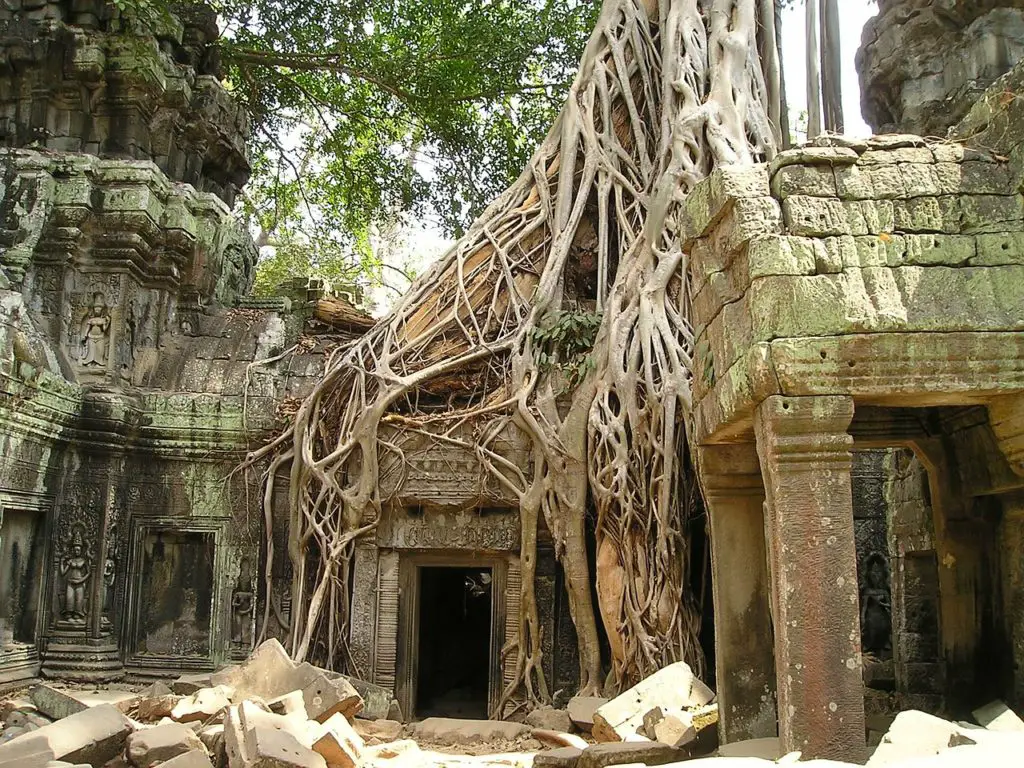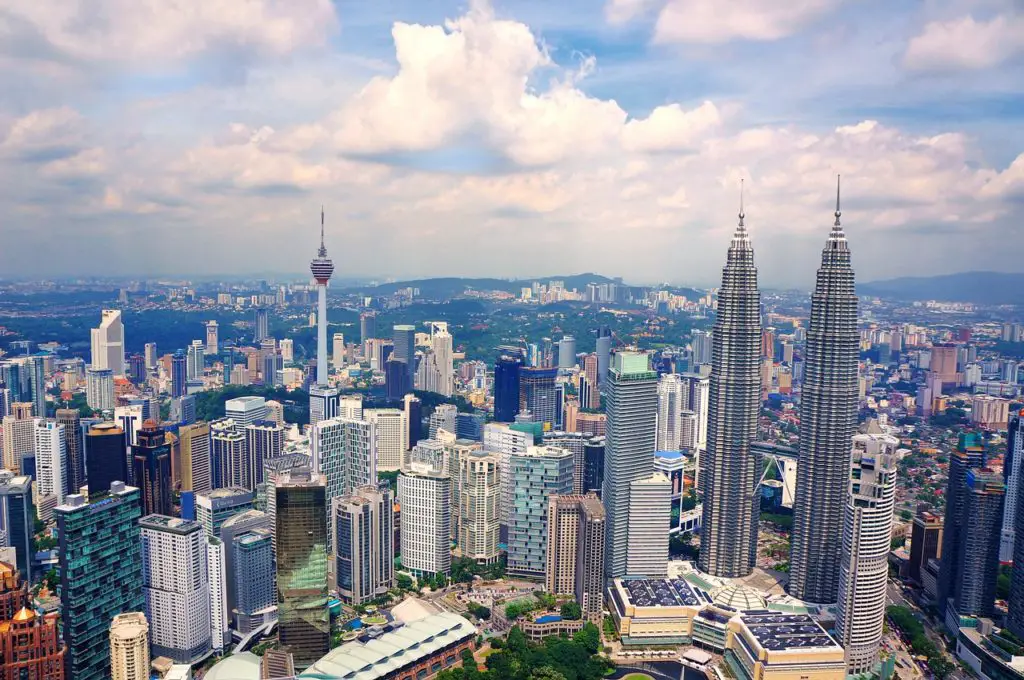Pattachitra Odisha is a sustainable painting. This art form is from Raghurajpur. In this village, everyone is an artisan. The themes are based on mythological and folklore stories. Pattachitra is a must-buy for tourists who visit Odisha.
Disclaimer: This post contains affiliate links. This means, if you click on the link and purchase the item, I will earn a small commission at no extra cost to you. Please read my Disclaimer Policy for more information.
What is a Pattachitra painting?
Pattachitra is painting on canvas. It is from the Bengali words “Patta” (cloth) and “Chitra” (picture). This means pictures on cloth. This art has its roots in Odisha, hence the word, Pattachitra Odisha. Another state famous for this type of painting is West Bengal.
This type of painting is famous for its vibrant colors. Although, there are no specific colors for deities as it depends on the scenes that are being depicted. The paintings are used at Jagannath and Bhubaneswar temples in Odisha. In the village of Raghurajpur, what was originally on cloth, is now on walls and home decoration items.
The stories are of Radha-Krisha and Lord Jagannath. Scenes from Ramayan and Mahabharat are extensively used. These paintings date back to the 5th-century. Bijoy Parida is an artist who has displayed his works with his solo show, Dancing the Line.
India’s Prime Minister, Narendra Modi gifted Pattachitra to former French Prime Minister, Francois Hollande. The art came from this village.
Palm Leaf Pattachitra (Tala Pattachitra)
Before we start on the process of Pattachitra Odisha, let’s look at the types of pattachitra. The first type is Tala Pattachitra which is on palm leaves. The process is time-consuming as it involves palm leaves. However, the results are stunning.
To soften the leaves, palm, neem, and turmeric are used. The leaves are dried, stitched, and made into foldable panels. Foldable panels are made before the image is drawn. There is no margin for error. If an error is made, the panel would have to be replaced.
Do you know that Ludo and Snakes & Ladders have taken a traditional twist?
Check out the 9 Unknown Facts About Pattachitra if you would like to know more about this art form.
Which place is famous for Pattachitra in Odisha?
Raghurajpur
Bitti Pattachitra is paintings on walls. Raghurajpur. Raghurajpur is in Puri district, Odisha. Gotipua dance originates from this village as well. This village is 38 miles from Bhubaneshwar and 6.2 miles from Puri. This village has been featured on CNN.
In this village, Pattachitra is a way of life. This village has some honors attached to it. Firstly, the Patta paintings under Lord Jagannath’s throne and the chariots are from this village. Secondly, the Sambalpuri Sari owe their origins to the Raghuraj paintings.
Although the children of the villagers are all degree holders, they take pride and mention that “it is our duty” to take the art to greater heights. The children hope that Raghurajpur would one day receive worldwide recognition.
What is the process of Pattachitra?
Prepare canvas
The first step of Pattachitra Odisha begins with preparing the canvas. Cotton is favorable. However, silk cloth is used as it is softer. Firstly, the cloth is dipped in tamarind and soaked for several days. Secondly, the cloth is dried while a paste is made from tamarind and chalk powder. This paste is rubbed on a cloth.
The second step of Pattachitra Odisha is then rubbing the cloth with paste and then leaving it to dry. Finally, the cloth is rubbed with stones to smoothen and make the cloth shine.
The next step in the Pattachitra Odisha process is preparing the colors. The color play reflects the emotions of the characters. Limited colors used were black, white, red, and yellow.
Preparation of colors
When making Pattachitra Odisha colors, natural elements are used. The colors are from natural sources such as white color from crushed seashells, black from the soot of burnt coconut shells and yellow comes from Haritala stone.
Do you know that the brushes used by these painters are made from buffalo hair?
Drawing the borders
The next step in the Pattachitra Odisha process is drawing the borders. The existence of borders is important in Pattachitra. The borders give the painting a contained look and feel.
There are no strict rules with regard to the borders. It can be thick or thin and is up to the artist. An expert draws immediately with the image already in mind.
Drawing the outline
The next step is the outline of the images. Some artists use pencils for preliminary drawings. Expert artisans draw onto the canvas using a lighter shade of red or yellow. The outline is important for the artisan to connect with his art. He may choose to go into exact detailing or simply draw the main image.
Symbolism of Characters
As Pattachitra paintings represent Gods and Goddesses, the artist follows the convention of basing God’s expression in Gunas. The portrayal of characters’ emotions is important. These emotions are Rasa. The characters’ emotions depend on the scenes portrayed.
Do you know that the focus of Pattachitra paintings is the expression and emotions of the figures?
Coloring begins
The are several stages in the coloring process. The first stage is Hingula Banaka which is filing in the background. The second is Ranga Banaka which is the painting of the characters. The third is Alankarlagi which is painting the finer details. The last stage is painting thick black lines and adding fine lines. The finishing touches are painting the finer ornaments and details.
Is there any other Pattachitra style?
Bengal Pattachitra
Medinipur is the heart of Bengal Pattachitra. The process is similar to Odisha’s. The difference is the artist sings about the story of his scroll as he unfurls the Pattachitra. The Pattachitra artists of West Bengal are Muslims, yet their art relates to Hindu Gods and Goddesses.
Chalchitra
“Chal” means “to cover” in Bengali while “Chitra” means picture. Chalchitra is a painting covering the idols and is similar to the halo around Gods and Goddesses. An example of an ancient Chalchitra is in the British Museum. The purpose is to create a subtle spotlight from the idol.
Naya
Naya is a village of singing painters. This village is 78 miles from Kolkata. Two hundred and fifty families live here. Everyone is a singer and painter. Their stories are based on mythology and folklore. They are Patuas. Naya is on National Geographic.
What is Pipli famous for?
Pipili is a town 19 miles from Bhubaneshwar. Pipili is famous for its Applique. Applique incorporates mirrors into embroidery. Home decoration items, sling bags, and lampshades are the end products of this art. After all, it’s all about the bling!
The name is from Pirs, a Muslim saint who once lived in this village. A Kalinga emperor awarded the land that Pipili sits on. This is to encourage and flourish the arts that we used in Hindu temples.
To encourage tourism, a Mobus service between Bhubaneshwar Railway Station and Pipili began on 23rd June. Four buses with 33 stops ply this route. The maximum fare is INR 30 ($0.40).
This town is on Times Travel, Telegraph India, and Deccan Herald. The artwork adorns Lord Jagannath’s chariot during the annual Rath Yatra. Pipli and Raghurajpur is known for their entrepreneurial spirit.
What is applique work embroidery?
Applique is needlework with mirrors and ornaments. The end products are bags and home decorative pieces. The motifs are geometric shapes, abstract designs, religious stories, and iconography. Read 8 Fine Art & Crafts Traditions to know more!
Khatwa
Khatwa is the art of Bihar. It uses red, yellow, green, and orange motifs. This is the characteristic of Khatwa. The ‘Play-by-ear’ method is used when creating Khatwa. Tents and canopies are the end products of this art. Check out Everything You Need To Know About Khatwa to know more!
Vogue India gives a description of Khatwa and how the art is given a new lease of life. The article describes khatwa as creating designs using fabric, on fabric.
What’s the difference between applique and embroidery?
Embroidery uses colored thread to create patterns. Applique combines patches of cloth. This adds dimension, depth, and texture to the cloth. Applique uses felt fleece and quilting cotton. Embroidery is “thread art” that embellishes a pattern on a cloth.
How many crafts are there in India?
India is known for its arts & crafts. The arts of each state represent diversity, richness in culture, and religion. These home cottages can turn India into a global handicraft center. India is sitting on an untapped gold mine when it comes to handicrafts.
Handmade items are rare. Because of this, the work of these craftsmen is worth mentioning. They need our help and purchasing power to survive.
Do you know the Kumortuli idol makers?
This town is the town of traditional clay idol artists. The villagers have been making clay idols for generations. The residents make deities and demons used during Kolkata’s religious festivals.
RELATED:




